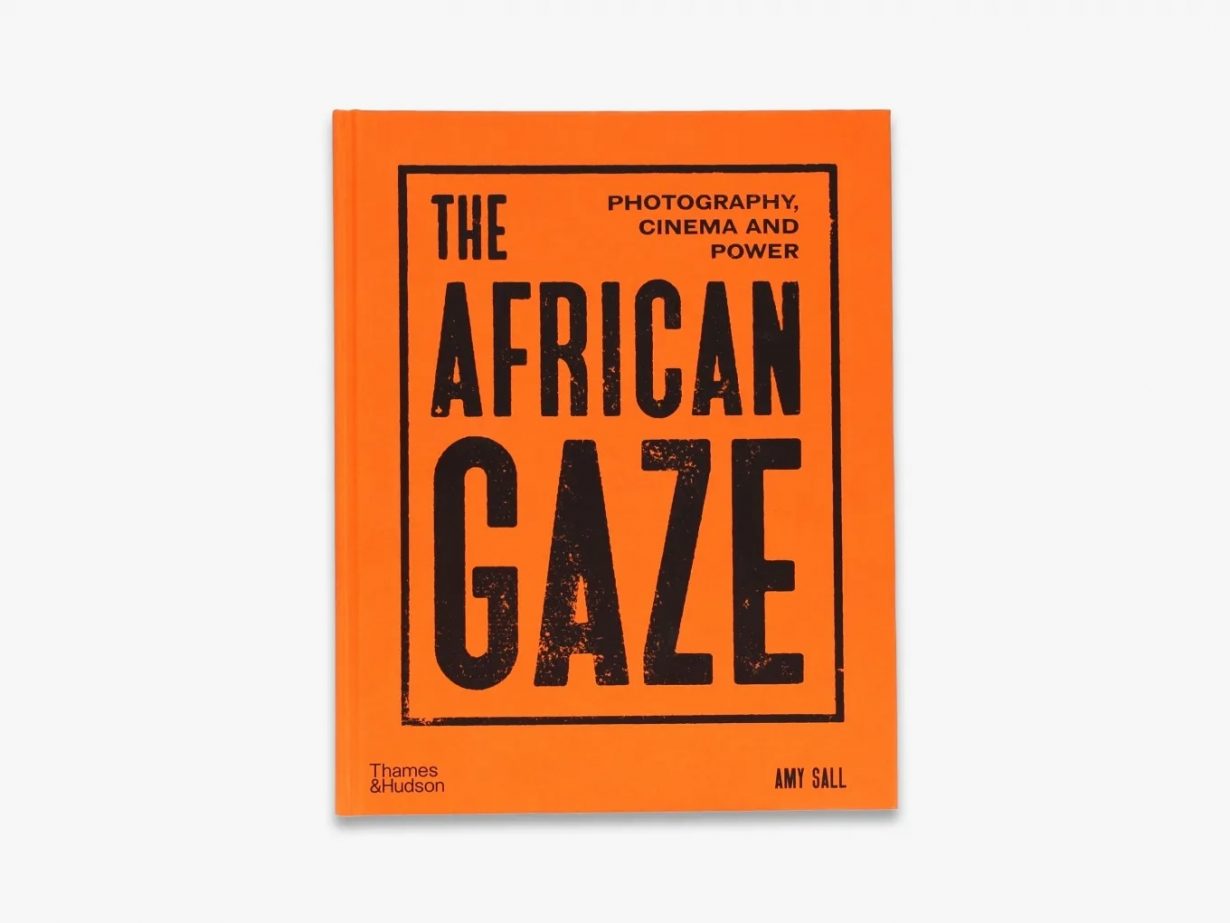
Amy Sall’s sensitive scholarship offers a refreshing counterpoint to the extractive violence often felt in previous attempts to visually record the African continent
The 1983 documentary Caméra d’Afrique includes an interview with Senegalese director Ousmane Sembène, often called the father of African cinema. Leaning forward, pipe in hand, he looks confident yet impatient. “Are your films understood in Europe?” asks someone off camera. “Let’s be very clear,” Sembène replies, exasperated. “Europe is not my centre. Europe is on the outskirts.” The Cannes glitterati to whom Sembène was indirectly speaking must have clutched their pearls. How could a burgeoning African filmmaker be indifferent to Western accolades?
Sembène’s words did not merely impart a personal perspective but were grounded in reality. African filmmakers have never had to play catch-up with their counterparts in Europe or the US in terms of creativity and cultural impact, even establishing themselves while facing significant obstacles, ranging from the 1934 Laval Decree that prohibited Africans in French colonies from making films, to the censorship exercised by postcolonial nation-states. Amy Sall’s new book examines this history of African lens-based practices from the 1930s to the current day, presenting a picture of projects that are autonomous, poetic and pluralistic in character.
Sall is a researcher and collector-archivist of Senegalese heritage based in New York. Guided by a ‘pan-African intent’ and an ‘ethic of care’, the photographs and films cited in the book defy the derogatory imagery found in both colonial ethnography and genres relating to ‘humanitarian appeal’. Materials were sourced by Sall from artists or their families, and the book includes original interviews conducted with Nigerian-Cameroonian photographer Samuel Fosso and Malian filmmaker Souleymane Cissé. It is, foremost, Sall’s sensitive, intentional scholarship that stands in stark opposition to the extractive violence often felt in previous attempts to visually record Africa.
African photographers were active before the mid-twentieth century. Among them were Solomon Osagie Alonge, the only commercial photographer working in Benin City during the 1930–40s (he developed his glass plate negatives under kerosene lamps), and the Senegalese pioneer Paulin Soumanou Vieyra, the first sub-Saharan African to make a film (Afrique-sur-Seine, a 1955 feature about the diaspora in Paris). The arresting portraiture of the Bamako school, whose members included Malick Sidibé and Seydou Keïta, also features, while those who Sall designates as ‘ambulatory’ photographers, such as Sanlé Sory and Philippe Koudjina, vivaciously capture the heady days of independence.
Although Sall emphasises that we cannot speak of one ‘type’ of African cinema, there are affinities between its practitioners, including a desire to depict the realities of African life and draw from oral storytelling traditions, while excavating ideas of cultural identity and nationhood. From the anti-imperialist stance of directors like Sarah Maldoror, Ahmed Bouanani, Haile Gerima and Flora Gomes, who dramatise decolonisation struggles, to canonical names like Sembène, Med Hondo and Cissé, who question the future of African sovereignty, many cineastes understood that ‘making film is a political act’, in the words of Burkinabé director Fanta Régina Nacro (one of the few prominent women in African filmmaking – like all global film industries, Sall acknowledges the dominance of men in the African context, too).
Yet political consciousness never comes at the expense of experimentation, beauty, drama and intimacy – attributes that are abundant in the films of Idrissa Ouédraogo, Abderrahmane Sissako and Youssef Chahine, and in the photography of Jean Depara, Lazhar Mansouri and Adama Sylla. This mutual interdependence, in what may be called an aesthetics of liberation, bolsters Sall’s argument that getting behind and in front of the lens is ‘a collective claiming of a right to look as a right to be, and to be seen’.
The African Gaze goes beyond charting how Africans have resisted the fetishisation and othering of their continent by the West. Instead, it chooses to illustrate what that resistance has created: powerful modes of visual storytelling that are up to the world-changing task of helping people to be certain of who they are and from where they wish to speak.
The African Gaze: Photography, Cinema and Power by Amy Sall. Thames & Hudson, £45 (hardcover)